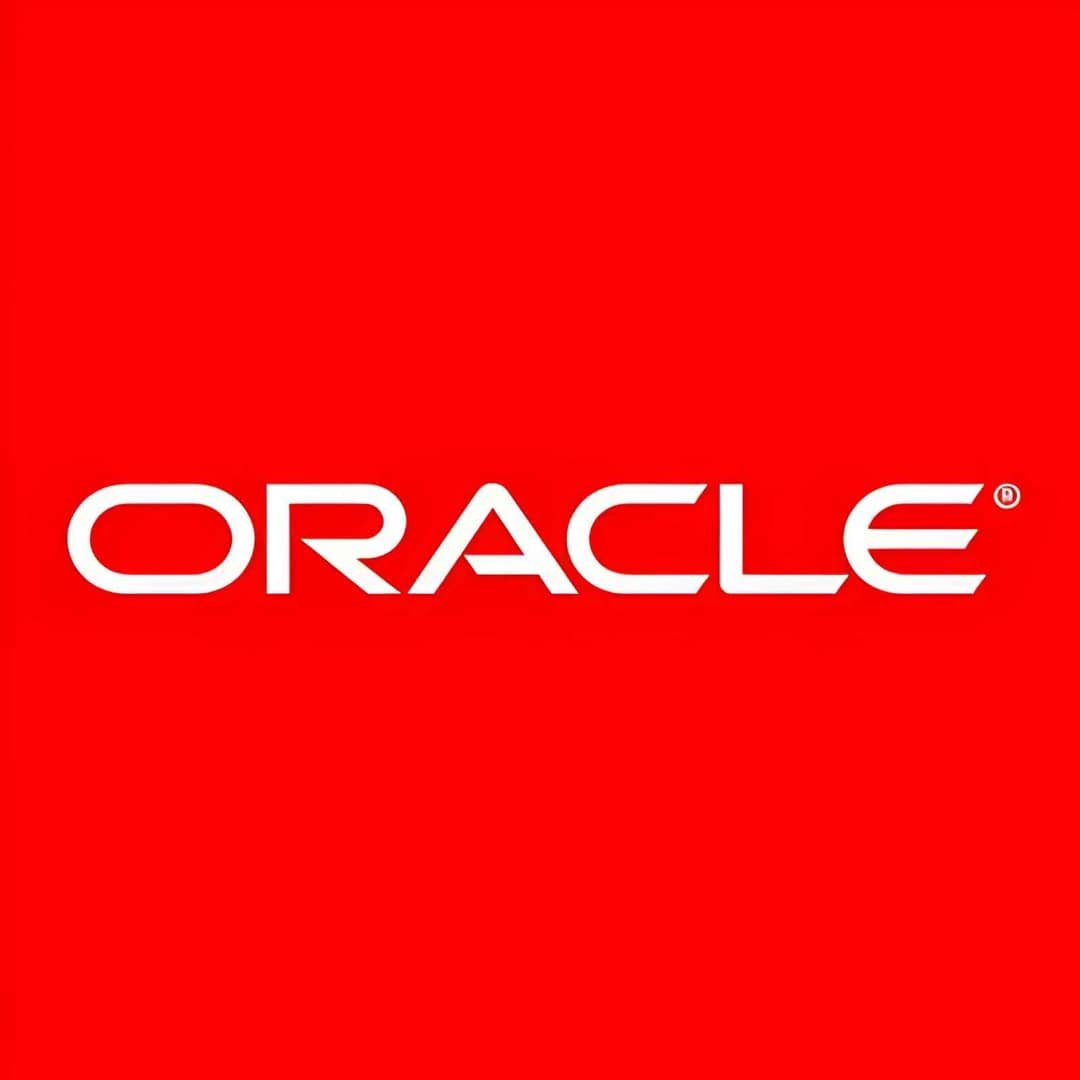
Lets get started finding your next job :]

Oracle

Software ± 170,000
Website +1 650-506-7000 email
Job Openings +104
AI Review
Match CV
Trajectory
-
In Bengaluru, KarnatakaAnalyst - Global Order Management - Cloud
- Application Developer - PLSQL
-
In MUMBAI, MAHARASHTRA, GUR......Applications Sales Representative V
-
In DUBAIApplications Unlimited Sales Representative - Gulf
- Architect, AI Applications
-
In MUMBAI, MAHARASHTRAClient Success Specialist (MySql)
-
In Bengaluru, KarnatakaCloud Consultant - Data Migration & Reporting
-
In Bengaluru, KarnatakaCloud HCM Architect/Lead/Sr Consultant
-
In Reston, VA Washington, D......Cloud Solution Architect and Cloud Adoption Champion
- Compliance Integration Principal Program Manager
- Consulting Member of Technical Staff/Architect - Remote
- Data Centre Field Support Manager
-
In Bengaluru, KarnatakaData Scientist 3
-
In Bengaluru, KarnatakaData Scientist 4
- Database Administrator 3-IT
-
In Nashville, TNDirector, Program Management
-
In BENGALURU, KARNATAKA, CH......Enterprise Architect – Consulting Technical Manager
-
In Bengaluru, Karnataka, Hy......ERP Analytics Product Manager
- ERP Industry Sales Executive - Healthcare Vertical, Canada West
-
In MUMBAI, MAHARASHTRA PUNE......Full Stack Developer-PLSQL /Java
-
In BENGALURU, KARNATAKAJava Backend Developer - AI Services
-
In JaliscoJava Developer
-
In Bengaluru, Karnataka, Ch......Java Technical Manager-Core Banking
- Lead Business Analyst - FLEXCUBE UBS Core, DDA, Loans, Payment
-
In BENGALURU, KARNATAKAMember of technical staff
- Mobile Apps Developer - Remote Opportunity
-
In New york NYNA Sales Representative, Data Platform - Professional Services
-
In Nashville, TNNetSuite Account Manager - Emerging Markets - Nashville
-
In BENGALURU, KARNATAKANetwork Developer 4
- OFS/MCS Business/Technical Architect
-
In BENGALURU, KARNATAKA, HY......Oracle Fusion ERP Expert
-
In BENGALURU, KARNATAKA,HYD......Oracle OTM Consultant
- Oracle Services Bus Developer
- Pharmacy Executive
-
In LagosPrincipal Advanced Services Engineer, CSS Tech Delivery, Database
- Principal Cloud Architect – HPC/GPU & AI Platform Solutions
-
In Shanghai, Beijing, Guang......Principal Cloud Engineer, Technology, China
- Principal Consultant
-
In Seattle, Washington, San......Principal Member Technical Staff (JoinOCI-SDE)
-
In Nashville, Tennesse, Aus......Principal Network Reliability Engineer
-
In Pleasanton, CAPrincipal OBIEE Develoepr.IC4
- Principal Product Manager - Oracle Health, Shared Functional Services
-
In Austin, TXPrincipal Program Manager - Business Operations & Data Analytics
-
In Seattle, WAPrincipal Program Manager, JoinOCI
-
In Zapopan, JaliscoPrincipal Site Reliability Engineer (SRE)
- Principal Software AI/ML Developer
-
In Austin, TXPrincipal Software Developer
-
In Redwood City, California......Principal Software Developer(hybrid)
-
In BENGALURU, KARNATAKAPrincipal Technical Account Manager (Specialist)
-
In BangkokPrincipal Technical Account Representative (TAM)
-
In Same as countryPrior Authorization Product Analyst
- Remote - Principal Security Engineer (IC4)
- REMOTE Senior AI/ML Developer
- Sales Representative - HeatWave & MySQL
-
In Same as countrySecurity Engineer 4
- Senior Automation Specialist - Java, Selenium, TestNG Framework and BDD
-
In BENGALURU, KARNATAKA, HY......Senior Cloud Consultant - VBCS/OIC
- Senior Cloud Operation Engineer
-
In Bengaluru, KarnatakaSenior Consultant - Core Banking
-
In BENGALURU, KARNATAKA,MUM......Senior Consultant - OFSAA FCCM Technical
Oracle is headquatered at 500 Oracle Parkway, Redwood Shores, California 94065, United States